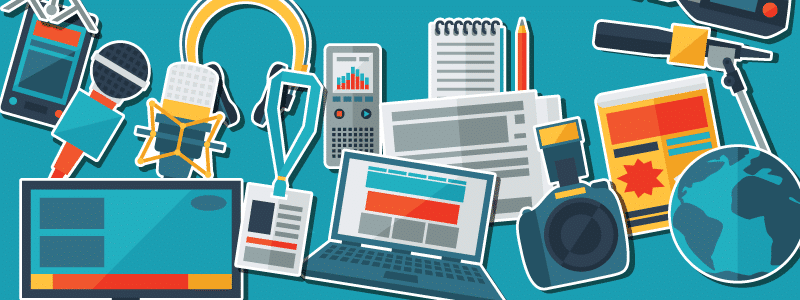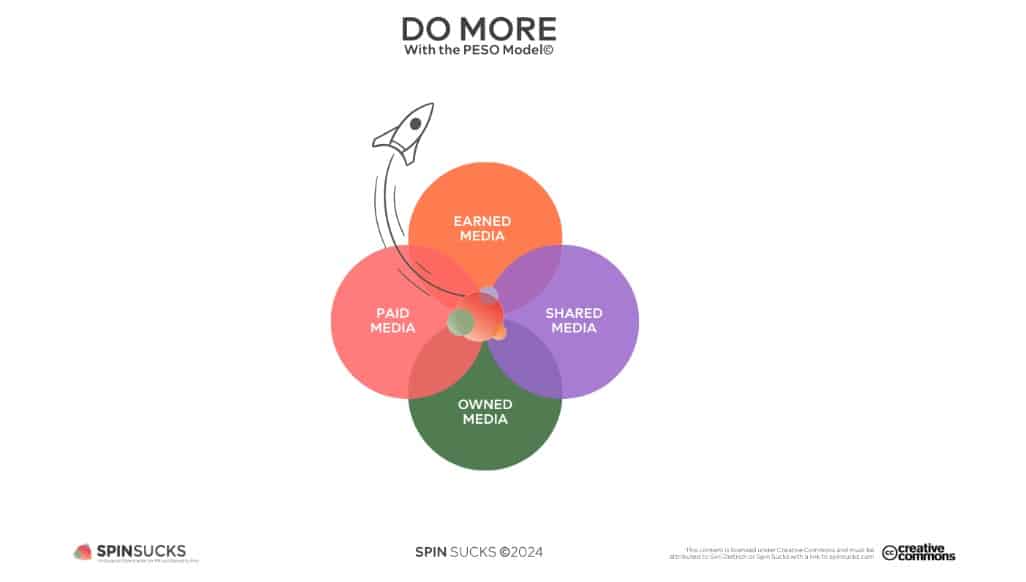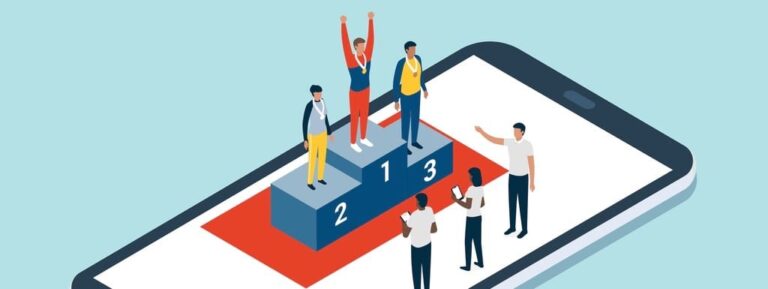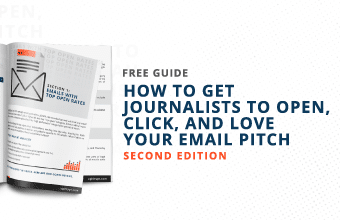Shaping the public’s perspective of your brand can be achieved through several public relations initiatives. If you’re looking for a holistic approach to PR, the PESO Model might be the answer for you.
In this article, we’ll discuss the PESO Model’s ins and outs. We’ll cover what the PESO Model is before we dive into the four components that are crucial to this PR method. As we discuss each component, we’ll examine its pros and cons and how it works.
The PESO model
The PESO Model was created by Gini Dietrich as an integrated marketing approach for public relations. It combines paid, earned, shared, and owned media. This approach aims to ensure that your brand secures well-rounded coverage so you can shape your brand’s narrative as you see fit.
Using a mix of the media components in this PR and marketing model can effectively build credibility, thought leadership, and trust within your industry.
Understanding the components of the PESO Model
Now that you understand the PESO Model, let’s look at the four components of this integrated marketing approach.
1. Paid media
Paid media is media placement that you pay for. Typically, paid media consists of advertisements and sponsored content. This type of media ranges from paid search ads on Google to TV or OTT commercials.
With most digital advertising methods, it’s possible to determine to whom the ads are served, so paid media is excellent for highly targeted PR and marketing campaigns.
Pros of paid media
- It’s easy to target a specific audience
- Results are measurable
- Easy to get started
Cons of paid media
- It can be pricey (depending on the publication channel)
- It’s obvious that the content is sponsored/paid for
How to get paid media
How you secure paid media placements depends on where you intend the placement to live.
If you’re looking for paid search placement, this is as simple as setting up a Google Ads campaign.
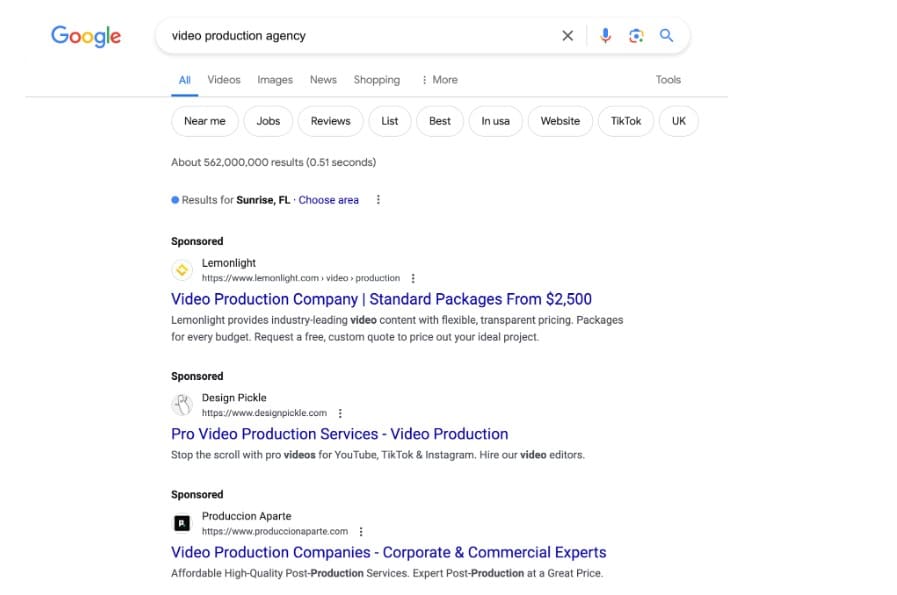
Screenshot provided by the author
Meanwhile, placing an advertisement on TV requires applying through a specific network or app’s management dashboard.
Typically, you can take a DIY approach to landing paid media placements, but hiring a specialist who’s familiar with the process can be helpful.
2. Earned media
Earned media is PR coverage that you get organically.
An example is when a company launches a new product and an online publication covers it. Another example is when a public figure has a story to share, and a magazine features it.
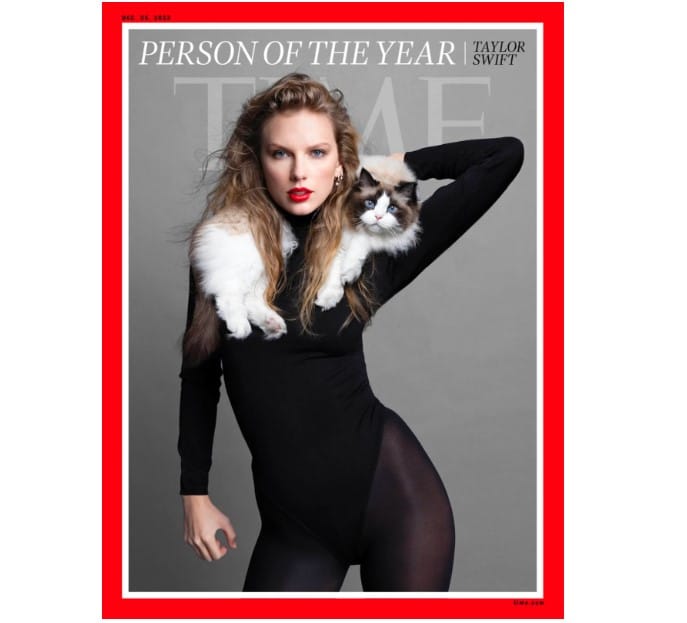
Earned media can also include mentions on a blog or an influencer’s social media profile.
Earned media requires having a story or announcement that’s interesting enough for media outlets to cover, and it may be the most impressive or credible coverage in the eyes of your audience.
Pros of earned media
- Builds connections through new communication channels
- It’s the most credible type of media
- Increases exposure
Cons of earned media
- You can’t control the narrative with editorial content
- Timing is difficult to plan
- It’s harder to land
How to get earned media
You can land earned media coverage by submitting pitches to journalists and publications. Marketers can do this themselves or with the support of a PR agency that has connections.
Depending on the magnitude or notoriety of your brand, journalists and publications might come to you with requests to cover something you’re involved in.
3. Shared media
Shared media is content that’s posted on your social media profiles. This includes everything from tweets to YouTube videos.
In addition to your own creative assets, user-generated content that you reshare to your profiles counts as shared media, as well. Leveraging multiple types of content like this is a great way to boost your community engagement.
Pros of shared media
- Easy to reach your target audience
- Quick and easy to publish
- Low cost
Cons of shared media
- It doesn’t provide as much credibility as other media
- The platform can remove social media posts
How to get shared media
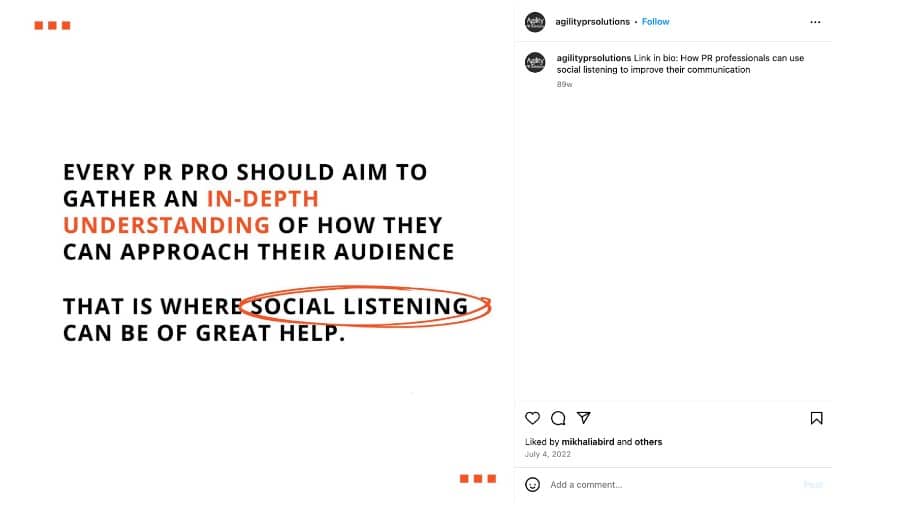
Publishing shared media is simple: you just need to post content on your social media profiles. Your digital marketing strategy probably outlines these initiatives. Therefore, you should publish content that aligns with them.
4. Owned media
Owned media is any media published on a channel your brand owns, such as your website or app. This could include blog posts, news articles, podcasts, videos, or any other media published on a platform where the rights are all yours.
It’s important to note that content posted on social media channels isn’t owned media, even if you publish it on your brand’s profile. As we discussed, this is shared media since, technically, social media platforms could remove content at their discretion.
Pros of owned media
- There are little to no roadblocks to publication
- It’s easy to make updates as needed
- You control the timing of publication
- You control the narrative
Cons of owned media
- Distribution is limited to your own efforts
How to get owned media
Like shared media, it’s straightforward to secure owned media since all you need to do is publish content on your owned properties. This content strategy should align with your other digital marketing efforts to streamline content creation.
A good example of a company securing owned media in alignment with its content marketing strategy is Beaches of Normandy Tours. This company uses owned media effectively through its website.
Optimizing its website content for search engines (SEO) ensures potential customers can easily find it when researching Normandy tours, like Utah Beach.
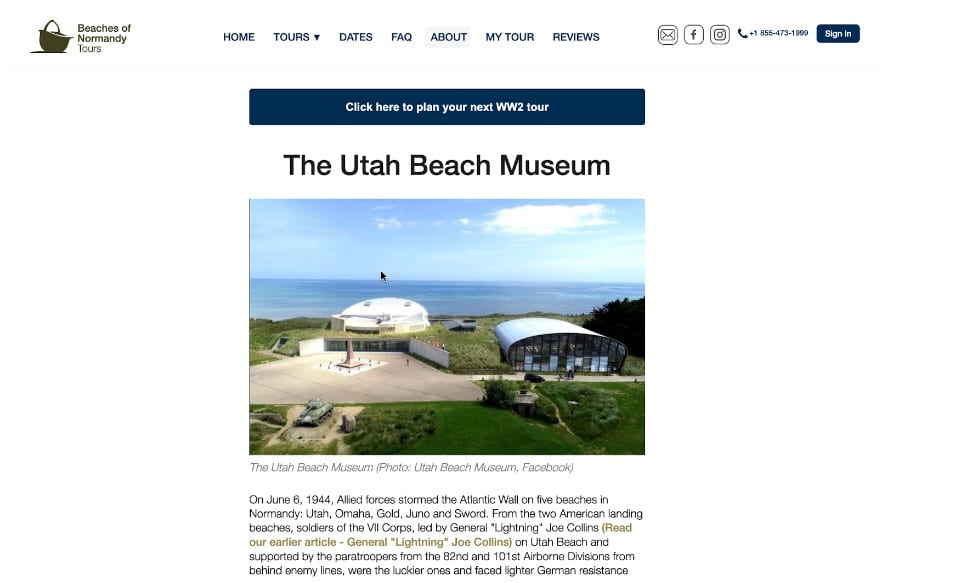
Final thoughts
A well-rounded approach to PR is critical if you want to optimize your brand’s public image. Brands of any size and from any industry can implement the PESO model to guide their public relations efforts.
How will you incorporate the PESO method in your PR efforts?
*The PESO Model, the framework, and the graphic are used with permission.

